In 2018, the U.S. Department of Interior (DOI) finalized a list of 35 critical minerals (Federal Register 2018-10667) meeting the criteria defined in Presidential Executive Order 13817 (Federal Register 2017-27899). In 2022, DOI revised the final list published by the Secretary in 2018 and finalized a new list of 50 critical minerals (Federal Register 2022-04027). The change resulted from splitting the rare earth elements and platinum group elements into individual entries rather than including them as mineral groups. In addition, the 2022 list of critical minerals adds nickel and zinc and removes helium, potash, rhenium, strontium, and uranium. The 2022 list of critical minerals.
A "critical mineral" is defined as:
- a non-fuel mineral or mineral material essential to the economic and national security of the United States,
- the supply chain of which is vulnerable to disruption,
- that serves an essential function in the manufacturing of a product, the absence of which would have significant consequences for our economy or our national security.
To be clear, most of the 50 "critical minerals" on the Federal list are in fact chemical elements that appear on the periodic table. These elements often combine with others in nature to form minerals, so in the description of available domestic resources of these important materials we often describe occurrences of the predominant mineral ores from which they are extracted. For example, the "critical mineral" titanium (symbol "Ti") does not occur in nature as the free element, but it is found in several common rock-forming minerals including ilmenite (FeTiO3), rutile (TiO2), and titanite (CaTiO(SiO4)).
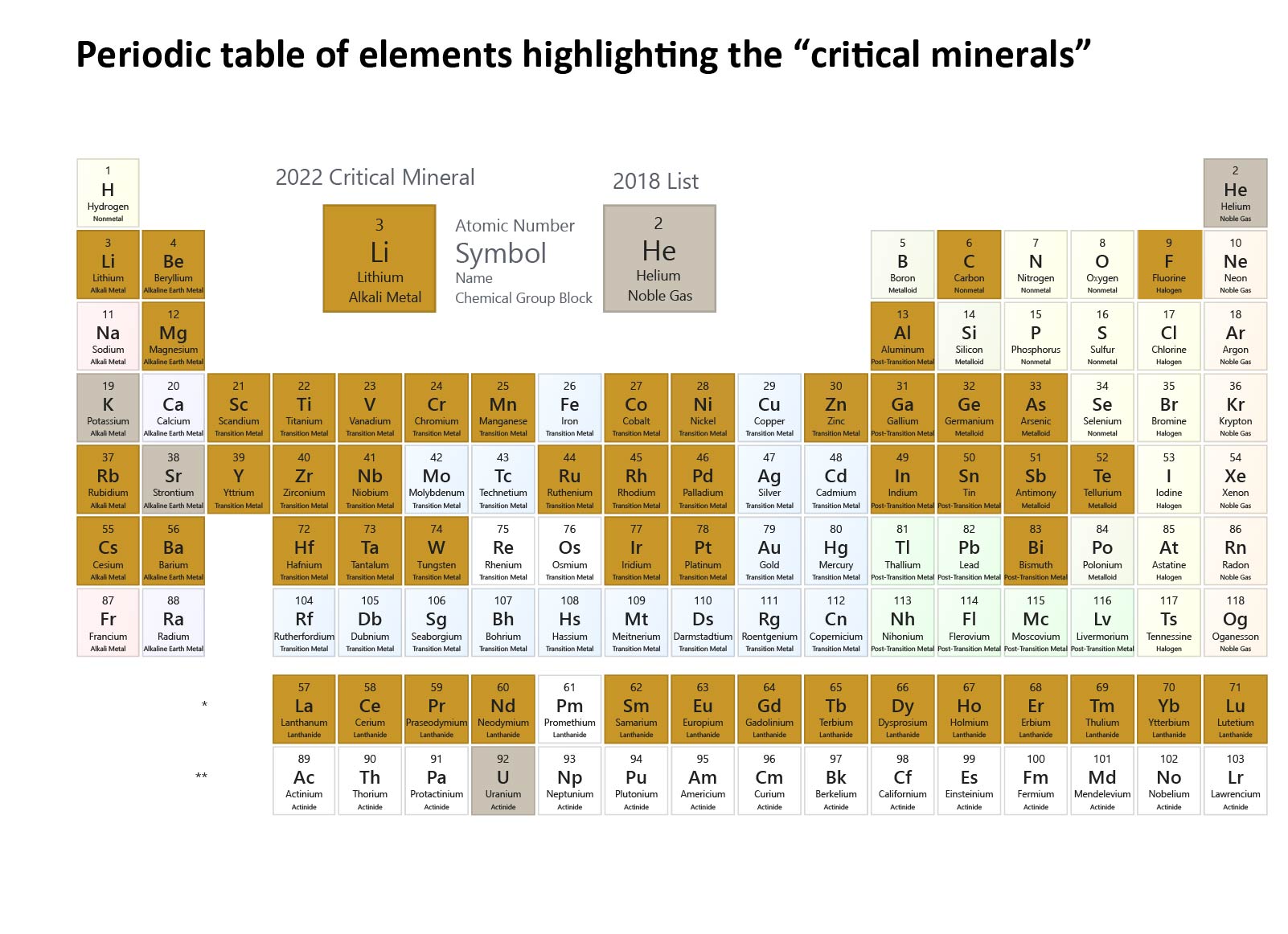
Periodic Table of the Elements Highlighting the Critical Minerals
In 2019, Geology and Mineral Resources partnered with the U.S. Geological Survey Earth Mapping Resources Initiative (Earth MRI) to conduct a nationwide inventory of domestic critical minerals resources (Day, 2019). The Earth MRI project utilizes a classification framework of mineral systems and ore deposit types (Hofstra and Kreiner, 2020) to identify geologic focus areas with the potential for hosting economic resources. Learn more about this project »
Also in 2019, Geology and Mineral Resources, with support from the U.S. Geological Survey (USGS) National Geological and Geophysical Data Preservation Program (NGGDPP), conducted a detailed review of published and unpublished reports, maps, and physical materials in our archives that provided information about critical minerals in Virginia. Information was extracted from historic exploration and mining records and potential critical mineral associations that may have been unrecognized at the time were identified. This series of web pages is the result of our work. Learn more about this project »
In Virginia, nearly all of the 50 critical minerals on the Federal list occur in trace quantities, but at the present time, 14 rare earth elements (REE) , titanium , and zirconium are considered to have high potential for economic commercial development.
An additional 15 on the list have moderate potential for economic development in Virginia; many of these commodities were mined or prospected in the past, and the mineral system and ore deposit types are known to occur in the State. They are: Aluminum, Arsenic, Barite, Cobalt, Gallium, Germanium, Graphite, Hafnium, Manganese, Nickel, Niobium, Tantalum, Tin, Tungsten, Zinc.
The remaining 18 (antimony, berylium, bismuth, cesium, chromium, fluorspar, indium, lithium, magnesium, platinum metals (platinum, palladium, rhodium, ruthenium, iridium, andosmium), rubidium, scandium, tellurium, and vanadium) have unknown potential for economic concentrations in Virginia; none have previously been mined or prospected and the mineral systems and ore deposit types are uncommon in the State. The links below provide more information for each of the 50 critical minerals on the Federal list.
Aluminum
Moderate Potential
Read More
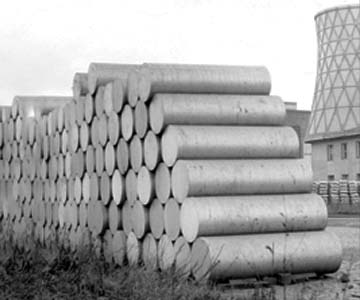
Arsenic
Moderate Potential
Read More

Barite
Moderate Potential
Read More
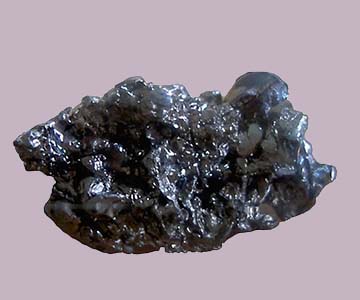
Cobalt
Moderate Potential
Read More
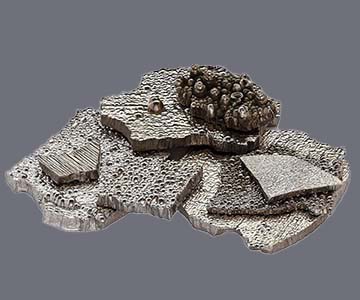
Gallium and Germanium
Moderate Potential
Read More

Graphite
Moderate Potential
Read More
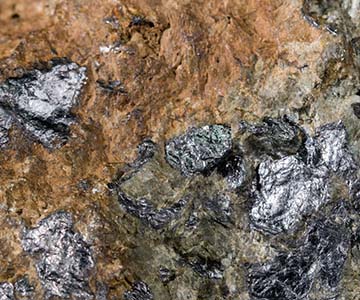
Hafnium
Moderate Potential
Read More
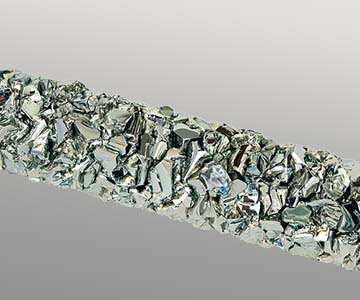
Manganese
Moderate Potential
Read More
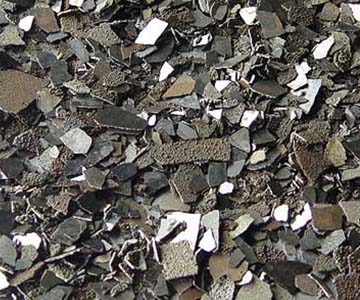
Nickel
Moderate Potential
Read More
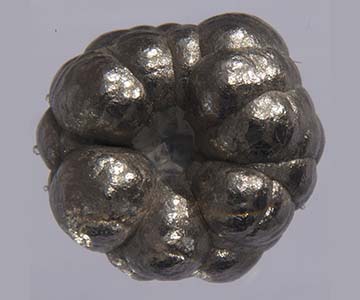
Niobium
Moderate Potential
Read More
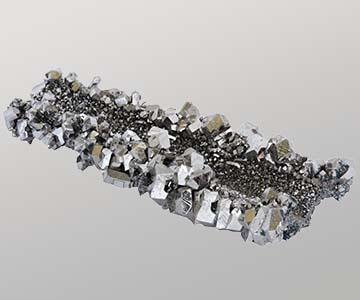
Rare Earth Elements
High Potential
Read More

Tantalum
Moderate Potential
Read More

Tin
Moderate Potential
Read More
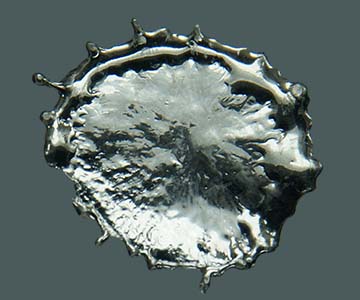
Titanium
High Potential
Read More
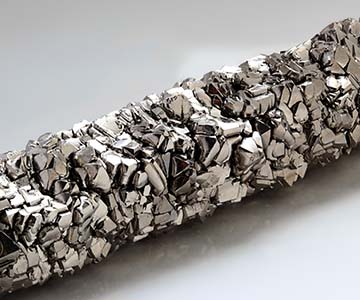
Tungsten
Moderate Potential
Read More
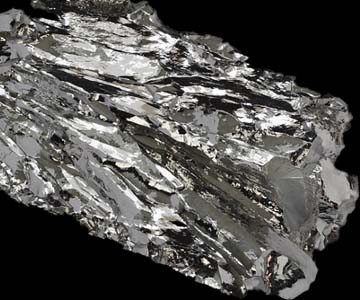
Zinc
Moderate Potential
Read More
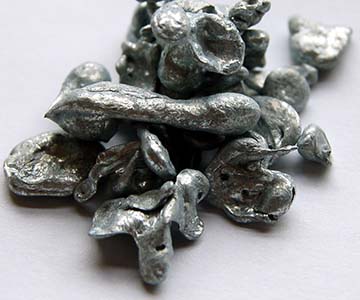
Zirconium
High Potential
Read More
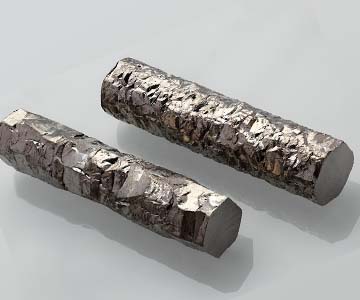
Selected References:
Day, W.C., 2019, The Earth Mapping Resources Initiative (Earth MRI): Mapping the Nation's Critical Mineral Resources: U.S. Geological Survey Fact Sheet 2019-3007.
Federal Register, Document Number 2017-27899, Executive Order 13817: A Federal Strategy To Ensure Secure and Reliable Supplies of Critical Minerals.
Federal Register, Document Number 2018-10667: Final List of Critical Minerals 2018
Federal Register, Document Number 2022-04027: 2022 Final List of Critical Minerals
Fortier, S.M., Nassar, N.T., Lederer, G.W., Brainard, J., Gambogi, J., and McCullough, E.A., 2018, Draft Critical Mineral List - Summary of Methodology and Background Information - U.S. Geological Survey Technical Input Document in Response to Secretarial Order No. 3359: U.S. Geological Survey Open-File Report 2018-1021, 15 p.
Hofstra, A.H., and Kreiner, D.C., 2020, Systems-Deposits-Commodities-Critical Minerals Table for the Earth Mapping Resources Initiative: U.S. Geological Survey Open-File Report 2020-1042.
